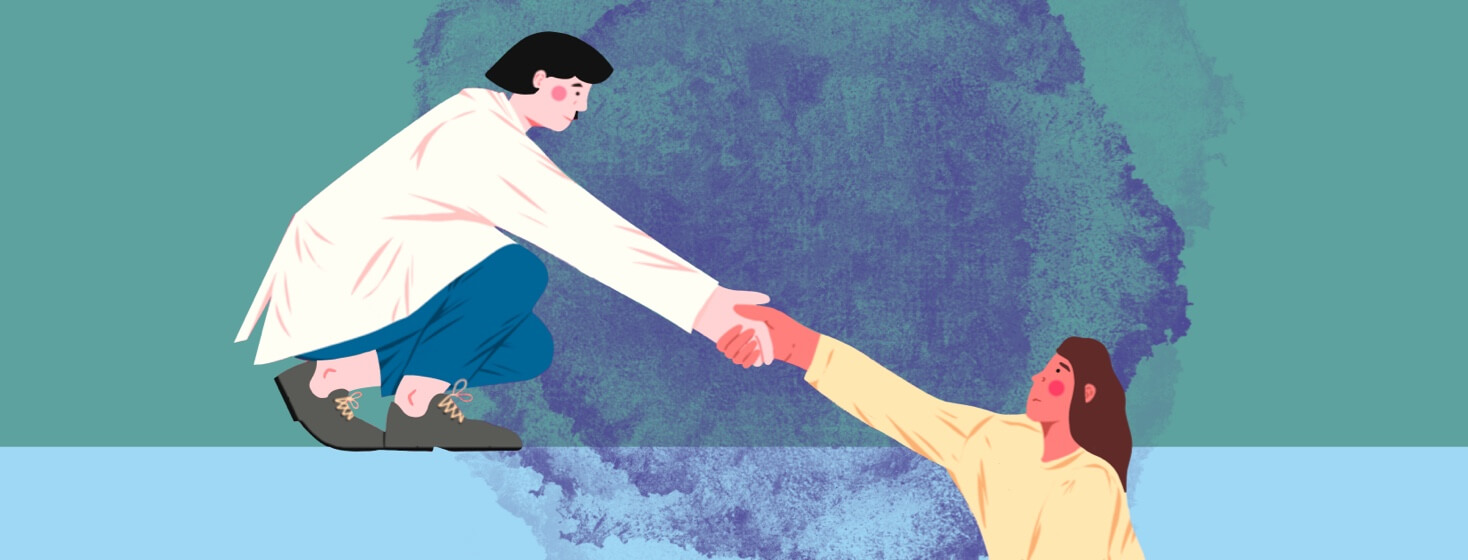"I'm Having a Seizure and I Need My Rescue Medication."
Her eyes told me something wasn't right. The student approached the media center check-out desk in a quiet panic.
"Can you call the school nurse?" she asked.
My gut instinct told me the issue before she said another word. She was having a focal seizure. That morning I was substitute teaching at a large high school in a Minneapolis suburb, and just happened to be in the media center that day.
The start of a seizure
"What's wrong?" I asked, standing up. "How can I help?"
"I'm having a seizure and I need my rescue medication," she replied softly but urgently. She clearly didn't want to create a scene.
I spotted the faculty phone directory nearby, and quickly scrolled through the huge list of names. Thankfully, the school nurse's extension was near the top.
The value of a seizure action plan
"Can you tell me your name?" I asked the girl.
"Emily Johnson." (name changed to protect identity) Emily Johnson. I remember that name... Oh that's right. She's a sophomore.
One of her teachers had left a seizure action plan a month prior when I had Emily in a class. But she was absent that day.
Staying calm, offering comfort
The nurse told me she would be right down. I hung up the phone and walked over to comfort Emily, who was now sitting down on a chair with her hands in her head.
"I have epilepsy so I know what it feels like to have seizures," I told her. "What are you feeling right now?”
"I'm seeing purple flashing lights," she responded, clearly uncomfortable. The nurse flew into the room.
Epilepsy rescue medication
"Emily, honey, tell me what's going on," she said, unwrapping the rescue pill. She held it up to Emily's lips.
"Open up." She placed the pill in Emily's mouth then gave her a small cup of water to swallow it down. Within a few minutes the rescue medication did its job. Emily lifted her head from her hands and breathed a big sigh of relief.
I chatted with her a little while longer to learn more about her epilepsy. She gave me a grateful hug then headed back to class. I appreciated that her teacher provided a seizure action plan so I could recognize her name right away.
Being as prepared as possible for seizures
A few weeks later, I was back at the high school, on my way to a classroom for the day. I stepped off the elevator and gasped. In a small gathering area, Emily was sitting all alone on the hallway tile with her head in her hands again. I rushed over and slid down next to her.
"Hi Emily, it's Stacia. I was with you in the media center during a seizure. Are you having another one?"
"Yes, I see purple lights," she groaned. "They're flashing. Please call the nurse."
She held out her phone and opened her contacts. I scrolled to find the nurse, then called her with our location. Within 2 minutes she was racing up the stairs with the rescue medication.
Epilepsy education and rescue medications
I was grateful to have crossed paths with Emily twice and help her. It's another reminder, though, how important seizure education is in schools. I wonder how many times Emily and other students across the country have waited for staff or school nurses to come around.
That experience made me curious as to why I was never given a rescue medication when my seizures were uncontrolled. I really wish I had.
Now, as an adult, my current epileptologist prescribed one just in case. Thankfully, I've never had to take it.

Join the conversation